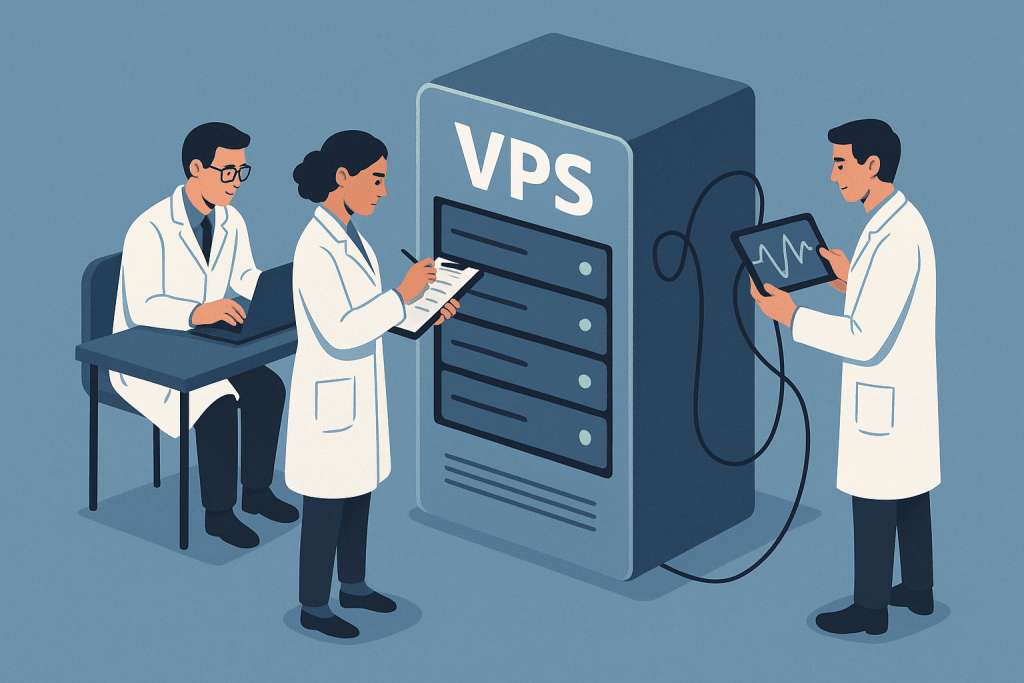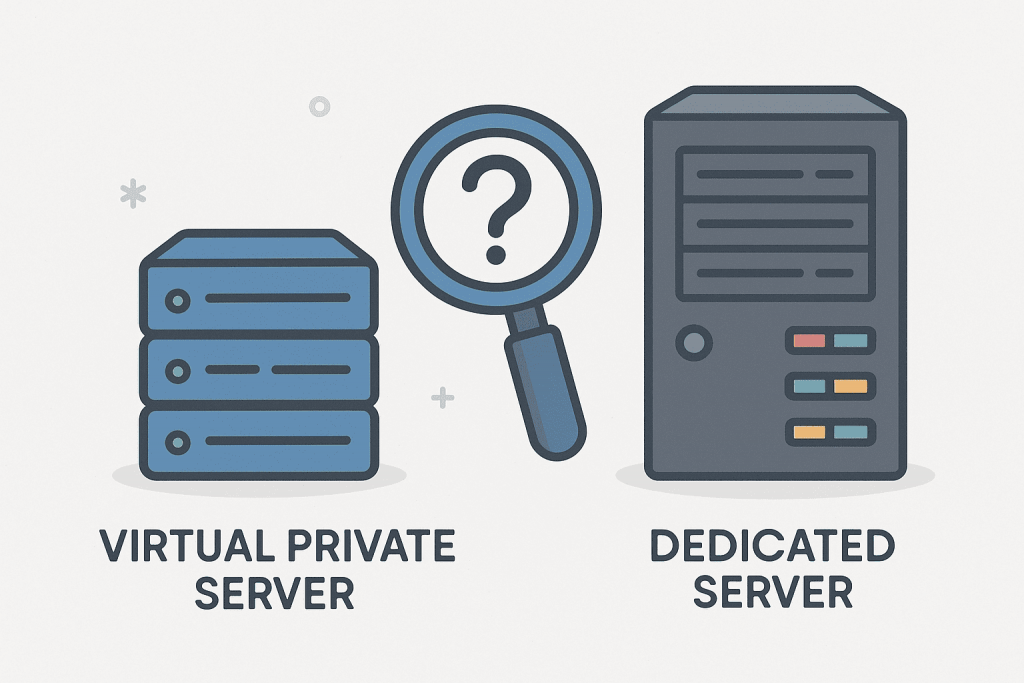
Buying a VPS is not the end — it’s just the beginning of your work with the server. Just like after buying a car, you shouldn’t just hit the gas but make sure everything runs smoothly. A Virtual Private Server (VPS) is an environment where you get dedicated resources — CPU, RAM, disk space, and network connectivity. However, the stability and performance of your website or application depend on how well these resources are allocated and configured. That’s why the first thing to do after activating your VPS is to test it thoroughly to ensure everything meets your expectations.



